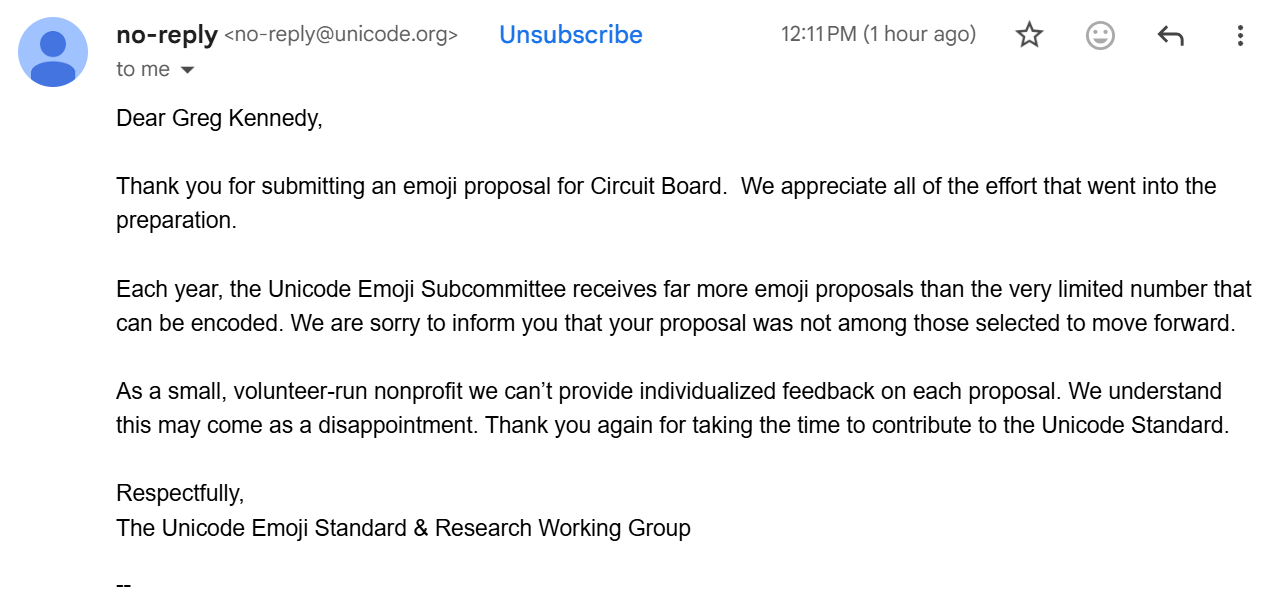Most people don't really know that the #Unicode Consortium publishes extremely well-defined guidelines on identifiers.
https://www.unicode.org/reports/tr31
The most familiar example is the sort who has a whole soapbox rant about how emoji are bad.
If that Hypothetical Guy makes reference to how some languages allow emoji in identifiers, they may not realize how much of their ass they are baring to the world, because in fact, the default guidelines don't allow them! The languages they are bitching about as a rule are not following the Unicode Consortium's guidance on identifiers, but some ad-hoc rules which are usually missing large swaths of conventional wisdom.
One of the cool things about UAX#31 though is that it allows you to create custom "profiles", changing up the rules a bit about what is or is not valid in an identifier to your own liking without entirely discarding the valuable wisdom of people who spend their professional lives thinking about these Hard Problems.
Anyway, the distinction between Recommended Scripts and Limited Use Scripts is along similar lines:
Recommended Scripts are the sort that UAX#31 thinks you probably should implement because they are "in widespread modern customary use".
Limited Use Scripts are ones that are less "encouraged" and which you might want to disallow as an implementer of the standard. It's not that they're disallowed, but they're not being encouraged.
For the sake of completeness, there are also Excluded Scripts which as the name suggests are recommended against because they are archaic/etc.
